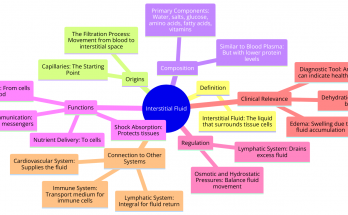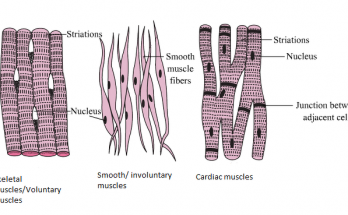
Write a note on Count Camillo de Cavour
Cavour’s role in the Italian unification was marked by his diplomatic acumen, strategic military planning, and ability to navigate the complex political landscape of the time, ultimately contributing to the consolidation of Italy as a nation-state
Write a note on Count Camillo de Cavour Read More
